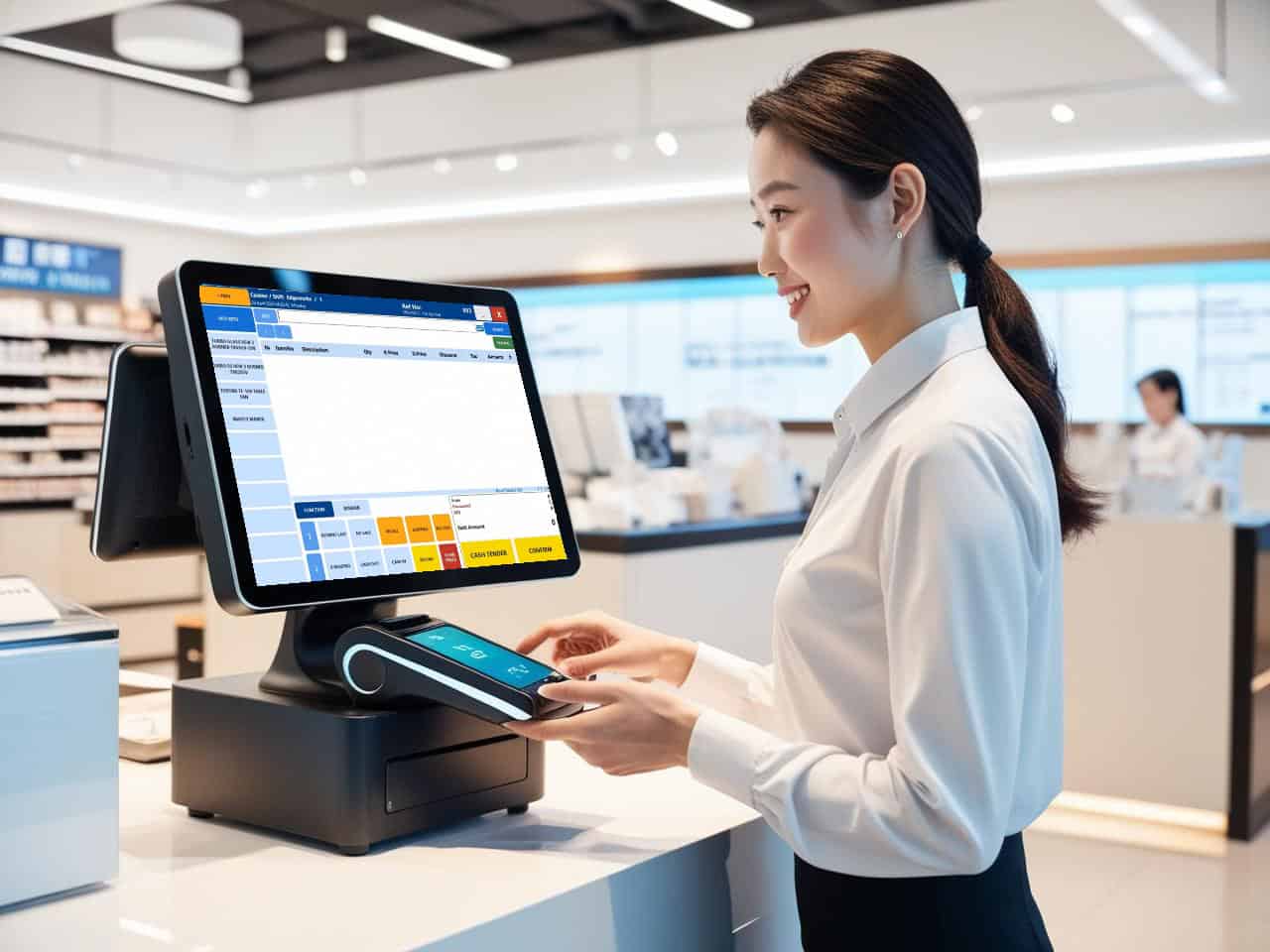As a shopper, there’s nothing more frustrating than visiting a store only to find the product you’re looking for is out of stock. As a retailer, there’s nothing more costly than overstocking or understocking your inventory. That’s why effective inventory management is crucial in many businesses.
Why is Inventory Management Important?

Inventory management is important for several reasons.
Firstly, it ensures you have the right stock available to meet customer demand. This means you can avoid stockouts and ensure that customers can always find what they are looking for when they visit your store.
Secondly, inventory management helps you to optimise your stock levels. Analysing your sales data can help identify which products are selling well and which are not. This allows you to adjust your stock levels accordingly and avoid overstocking or understocking.
Finally, inventory management can help you to reduce costs. By keeping track of your stock levels, you can avoid overstocking and reduce the amount of money tied up in inventory.
How to Keep Track of Your Stock
Retail pos system can help you keep track of your stock levels in different ways. The following are some of the most effective methods:
Barcode scanning
Barcode scanning is a popular method for tracking stock levels in retail POS systems. Each product is assigned a unique barcode, which is scanned when it is sold or received into stock. This allows you to keep track of your stock levels in real time and ensures that you always have an accurate view of your inventory.
Manual stock counting
Manual stock counting involves physically counting your stock levels regularly. This can be done using a pen and paper or a spreadsheet. While this method can be time-consuming, it is an effective way to ensure that your stock levels are accurate.
RFID tagging
RFID tagging involves attaching a small tag to each product containing a unique identifier. This tag can be read using a handheld scanner, allowing you to keep track of your stock levels in real time. RFID tagging can be expensive, but it is worth the cost because it is a highly accurate inventory management method.
Automated stock alerts
Automated stock alerts can be set up in your Retail pos system to notify you when stock levels reach a certain threshold. This allows you to reorder stock before it runs out and ensures you always have the right amount available to meet customer demand.
The Consequences of Poor Inventory Management
Poor inventory management can have serious consequences for your business. Overstocking can tie up your cash flow and lead to wastage while understocking can result in lost sales and dissatisfied customers. In addition, inaccurate stock levels can lead to costly stockouts and overordering, which can impact your profitability.
The Benefits of Real-Time Inventory Management
Inventory management allows you to keep track of your stock levels in real time, providing you with up-to-date information on your inventory. This allows you to make informed decisions about your stock levels, reorder stock before it runs out, and ensure that you always have the right stock available to meet customer demand.
The Role of Data Analytics in Inventory Management
Data analytics plays a crucial role in inventory management. Analysing your sales data can help identify which products are selling well and which are not. It allows you to adjust your stock levels accordingly and avoid overstocking or understocking. In addition, data analytics can help you to identify trends and patterns in your sales data, allowing you to make informed decisions about your inventory.
The Importance of Regular Stocktaking
Regular stocktaking is an important aspect of inventory management. It involves physically counting your stock levels regularly to ensure that your inventory records are accurate. This allows you to identify discrepancies between your stock levels and inventory records and take corrective action where necessary.
Final Thoughts
Inventory management is the backbone of any successful retail business. Whether you’re a small business owner or a retail giant, the importance of inventory management cannot be overstated.
From manual stock counting to automated stock alerts, there are various methods for keeping track of your stock levels, and the best method for your business will depend on your specific needs and budget. Thus, take the time to evaluate your inventory management practices and make the necessary changes to stay ahead of the competition.



